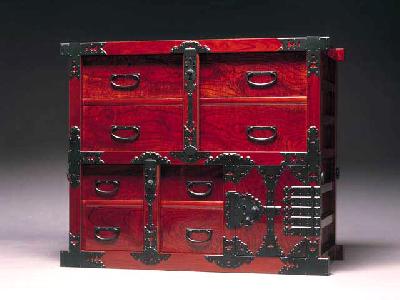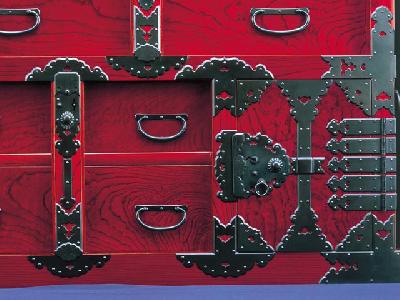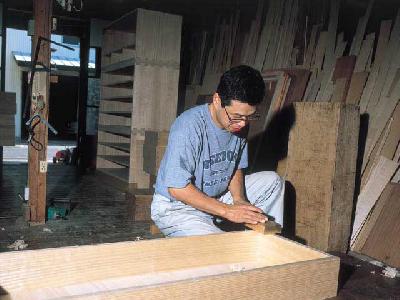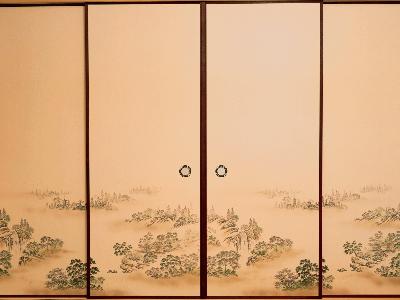Kamo City, Niigata Pref., called “sho-Kyoto (little Kyoto) of Echigo”, is located in the central part of Niigata Pref. It shows sober atmosphere that reminds us of the historic city of Kyoto. Being on the Kamo River that flows into the Shinano River and the Agano River, the city has been a traffic hinge of this region and flourished as a lumber distribution center. The city also has been closely tied with Kyoto and the making of Kamo Paulowina Chests started at around the same time when silk textile industry was introduced. Its history dates back to Tennmei era in the Edo period (about 200 years ago), when Shoemon Maruya, a carpenter, first made the chest out of Japanese cedar timber. The paulowina chest is characterized by its damp proof, fire resistive and mothproof properties. Paulowina is light in weight and rarely distorts, expands or contracts, so that it long keeps the original beautiful shape. This excellent property together with beautiful grain and warmth of wood has been fascinating people for 200 years. Kamo Paulowina Chest was specified as the Traditional Craft Product by Ministry of Economy, Trade and Industry in 1976.

















